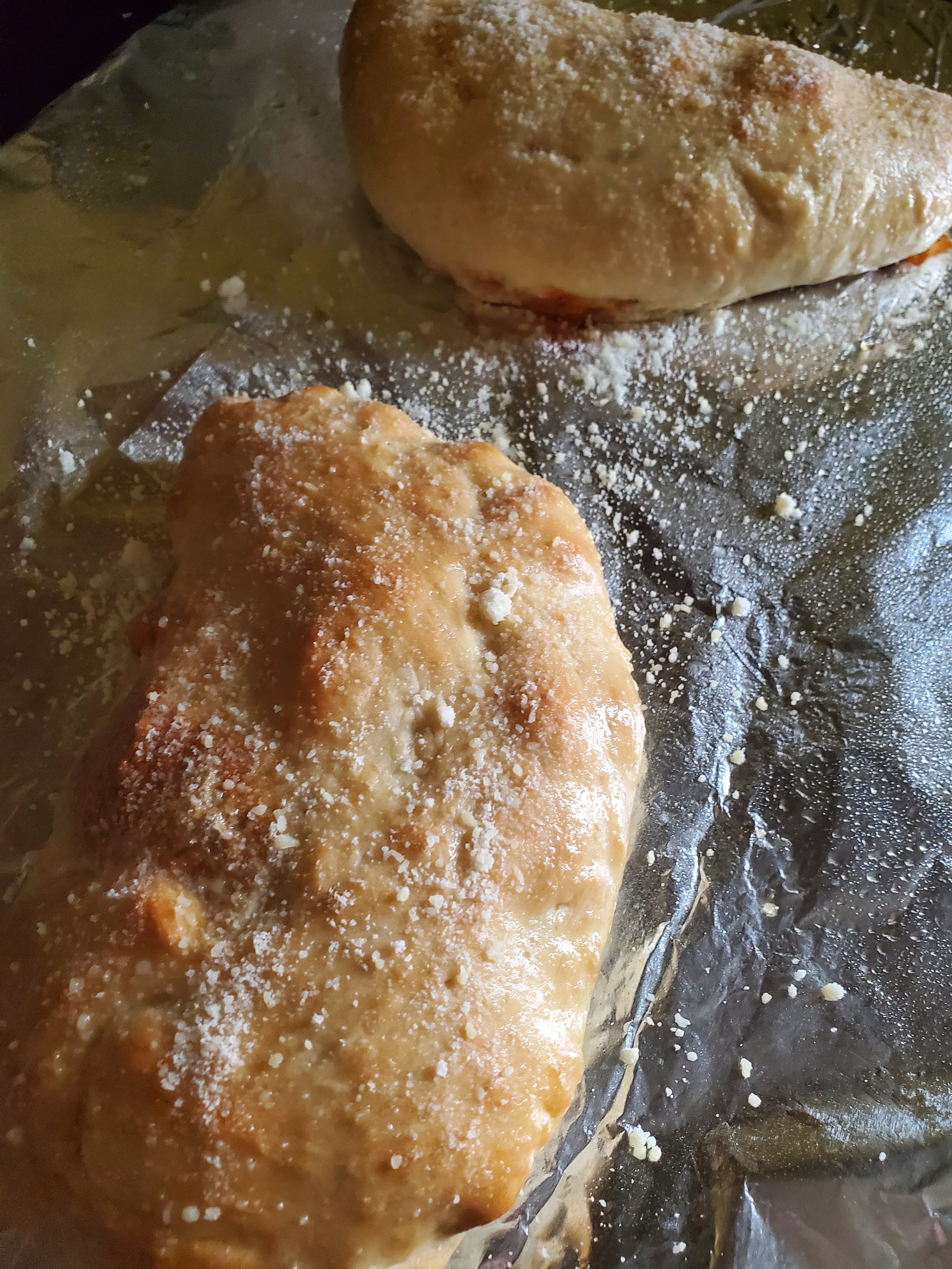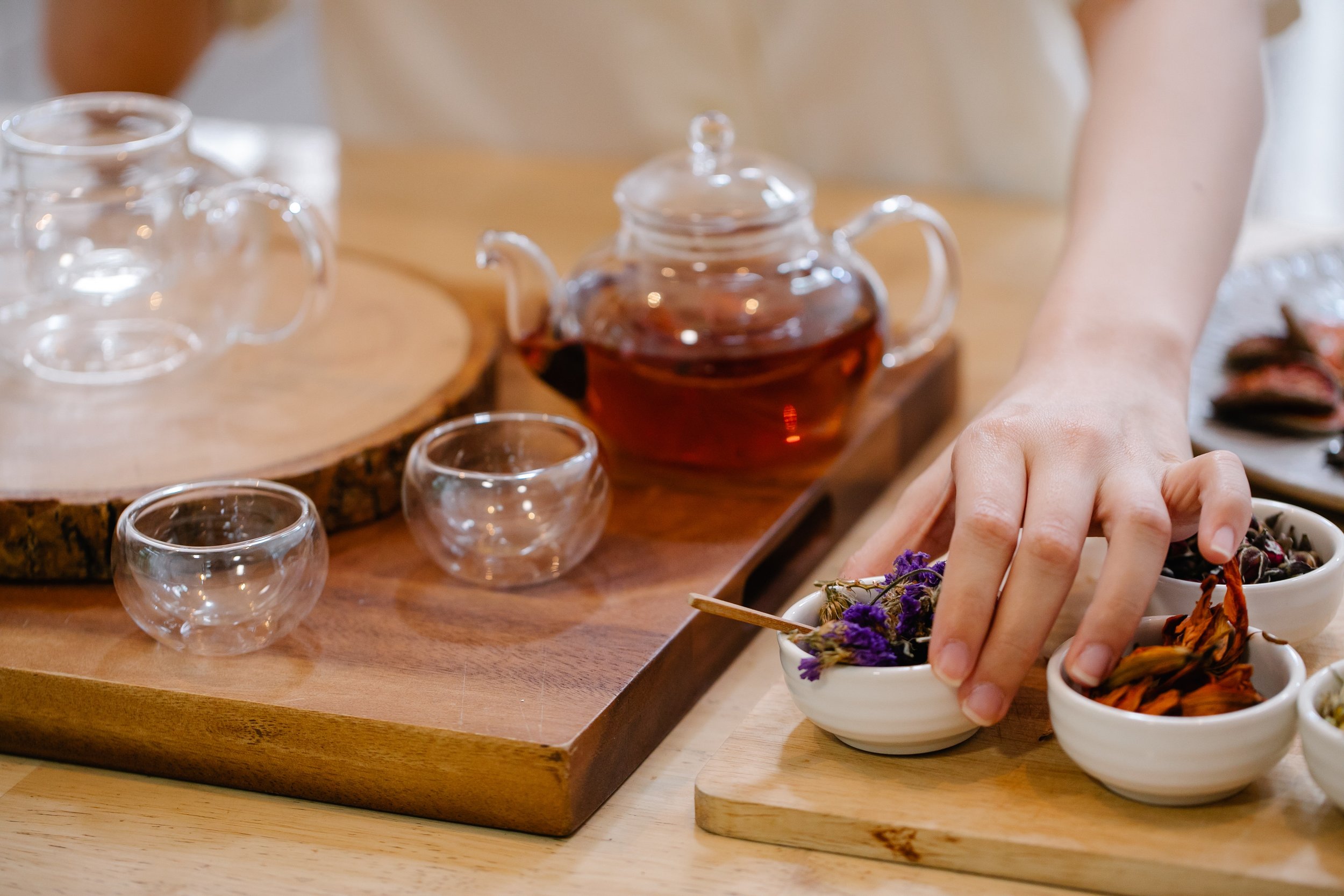When You Really Need To Use Up The Raisins You Have, But Your Family Doesn’t Like Them.
Sometimes the weather is hot and unhappy, and it makes you miss your fall and winter foods. That's what's happening for us this week, so we decided to make some raisin bread.
There are a million and a half recipes for raisin bread. We're not going to get up on a soap box and tell you ours is better because... or ours is different because... That seems a little off the point, if nothing else. Your family may already have a standby recipe for this - but if not, you're welcome to try ours out!
Ingredients:
2 1/2 cups flour
1 cup water, warm
3 teaspoons active dry yeast
1 teaspoon salt
1 teaspoon white sugar
1/3 cup brown sugar
2 teaspoons cinnamon
1/2 teaspoon clove
1 teaspoon oil (we use olive, but sub whatever you like)
1/2 cup raisins, separated so as not to clump
Tools:
mixing bowl
measuring cups and spoons
spoon
parchment paper or silicone mat
kitchen towel
dutch oven or covered oven-safe pan
thermometer
While we know thermometers are not ubiquitous kitchen tools, we strongly advise using one instead of guessing on water temperature. Instant-read digital thermometers are only a few bucks at your nearest big box store. They are absolutely a justifiable expense, between food safety uses (ensuring meats are fully cooked) and baking tasks (like checking water temperature to proof yeast).
Before you get going, it's a good idea to heat up your water. You can run the kitchen tap until it's warm, or you can measure the water cold and heat it in the microwave if your measuring cup is microwave safe. We normally just measure cold water from the tap and zap it in the microwave for 30 seconds or so. Use the thermometer to check the temperature - it should be no colder than 105 degrees and no warmer than 115. Target 110 as the ideal temperature. If it's too hot, it will kill the yeast - but if it's not warm enough, the yeast won't do its job.
Once you're sure the water is the right temperature, mix in the teaspoon of sugar and add the yeast. Give everything a stir (the sugar will partially dissolve, and the yeast will saturate) and let it sit for at least five minutes. You'll know you did it right when the yeast bubbles and begins to increase in size.
Measure your flour, salt, cinnamon and clove into the mixing bowl and use a spoon to combine them. Add the brown sugar and make sure to stir it in - we know there will be some clumps at this point, but it's okay.
Stir in the raisins at this point, making sure they don't go in as one big blob that won't distribute through the dough. We often task a little helper with making sure they're not too stuck together.
Add your oil and the yeast/sugar/water mixture. Stir until you have something that sort of resembles dough - it'll be shaggy and have what look like huge pockets of flour, but don't panic. Get the spoon out of the way and finish the mixing and kneading process with your hands. Don't be afraid to get a little messy on this one (if you really hate the mess, remove jewelry and/or use gloves). Knead until it's mostly smooth and all the flour has been worked in.
Cover the dough with a clean kitchen towel and allow it to rest for an hour or so. Definitely set a timer. Please don't ignore it for four or more hours as we have accidentally done on occasion. Leaving it to rise too long yields a beer-y sourdough flavor that does not complement the raisins.
After the hour is up, preheat your oven to 375. Turn the dough out onto a piece of parchment paper. Knead it a bit more, with the goal of shaping it into a ball. If it's sticky, add some flour to the dough or to your hands, but avoid overdoing it. No one wants chalk instead of bread.
Now pick up that whole piece of parchment paper and plop it into the dutch oven. Put the lid on it and slide it into the oven on a middle rack. Let it bake for 45 minutes, covered. When your timer goes off again, remove the lid but leave the bread in the oven for another 15 minutes.
Around this point it will start to smell "done." Trust your nose. When it smells like bread instead of almost-bread, it's ready. Remove it from the oven and let it cool. Letting it cool is only really important if you want neat slices - if you're fine with them looking a little crumbly and rough around the edges, just go for it. We find it best served toasted and with a little bit of butter.
Let us know how your recipe turns out, we’d love to hear from you over on our Facebook page.
And if you’re looking to learn more about how we can help you with your appliances, please let us know.






















